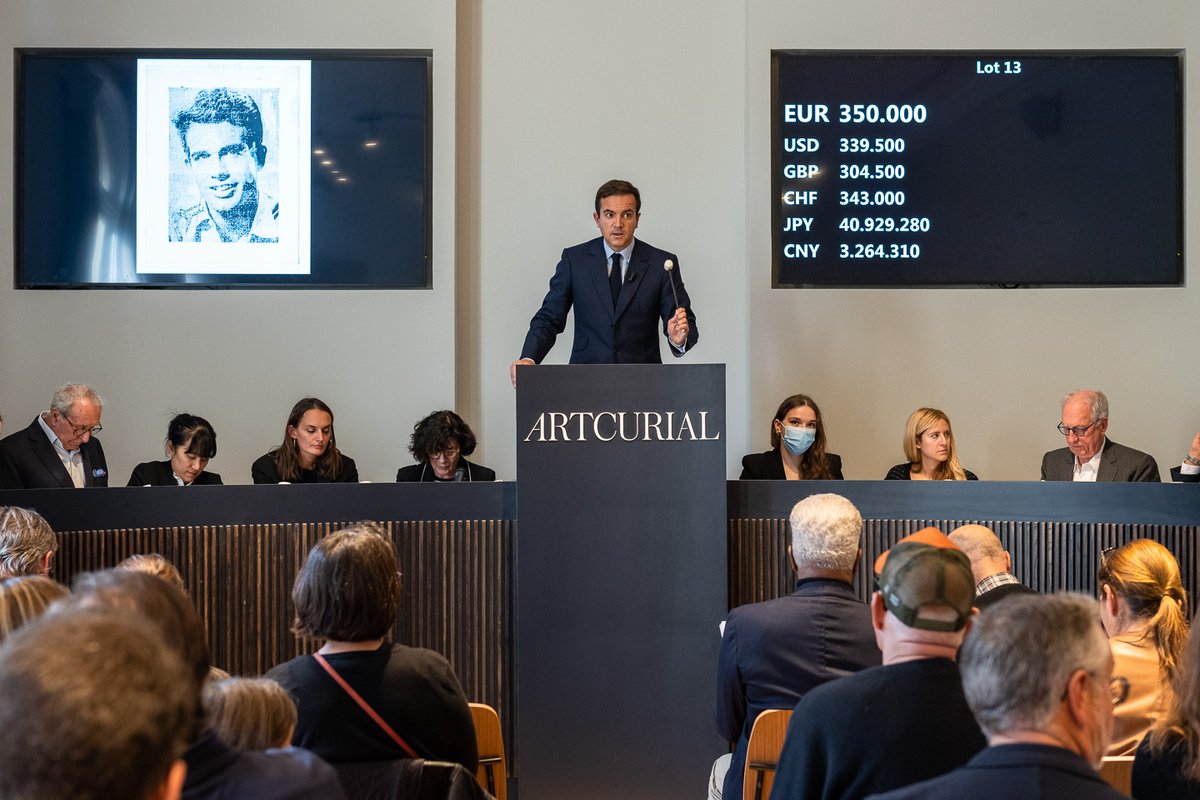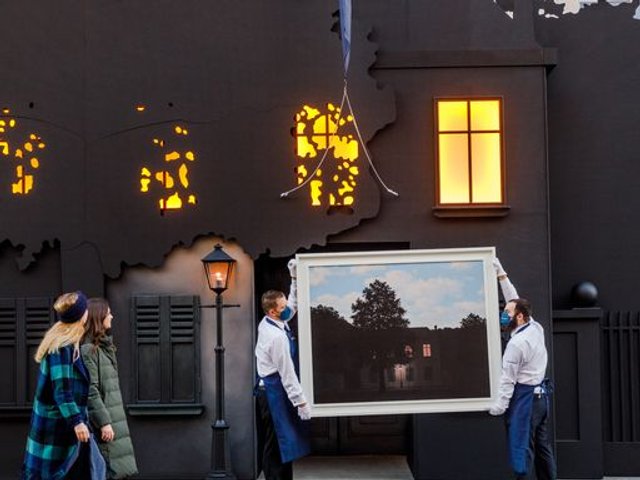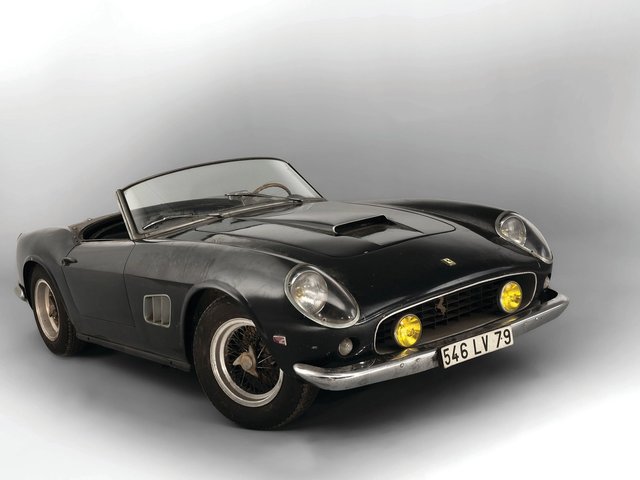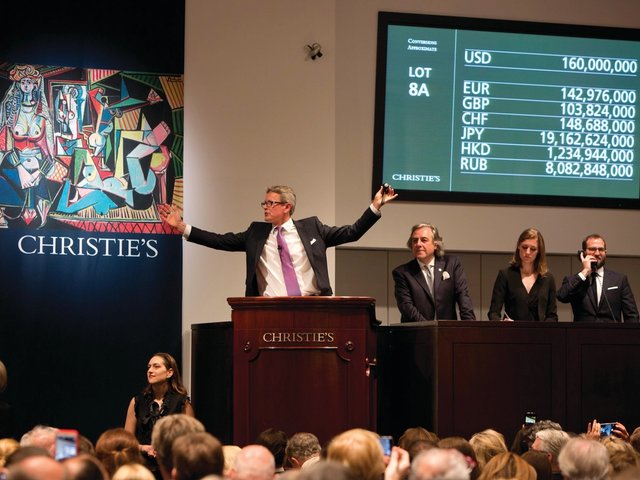The Paris-headquartered auction house Artcurial has reported sales for 2022 of €216.5m across all categories—the house's highest total since it was founded in 2005. This figure is up 21% from 2021, and also represents a 6% increase from Artcurial's previous record total of €203.1m, made in 2019.
Of the 2022 total, 20th- and 21st-century art (including comics and prints) account for a 31% majority, making €66.9m. This is the lowest total taken by 20th- and 21st-century art (both in terms of sales and overall share) in recent years. In 2021 the same category accounted for 48% of total sales, and in 2019 it represented 46%, or €93.4m. The next two highest categories—both accounting for 28%—are motorcars and "fine arts", the latter of which encompasses pre-20th century work, furniture and books.
"It is a low year for 20th- and 21st-century art," says Artcurial's Europe director Martin Guesnet, "but that is partly because of the strength of other areas". He points out that 2022 has been a very good year for pre-19th century work, meaning that the "fine arts" category has performed considerably better than in years previous. This can be attributed, in part, to a number of prize lots coming to the block, most notably Chardin's The Basket of Wild Strawberries (1761), which made €24.3m (with fees), netting a record for the artist and becoming the most expensive painting to sell this year in France, as well as the third most expensive painting to ever sell in the country.
Even outside Artcurial, works in the Old Master and pre-19th century categories made headlines, with Christie's nearly doubling Michelangelo's previous auction record when it sold a rediscovered ink sketch by the artist for €23.2m (with fees) in May. Indeed, this has been a bumper year not just for Artcurial, but the French auction market on the whole. Both Sotheby's France and Christie's France also recorded their best years ever. Sotheby's took home €600m, while Christie's made just over $500m and sold the most expensive work at auction in France this year, achieving €26.7m for a Giacometti's bronze Femme qui marche (I) (around 1955), These figures roll on from a record year in 2021, which marked the first time that total auction sales in France surpassed $1bn.
The expansion of the French market—and its growing share of global art sales in the wake of Brexit—is an increasingly hot topic, but Guesnet says that this success was a long time coming. "Brexit is of course one factor—European auctions are doing well not just in France, but Germany and Italy too," he says. "But the success we're seeing now in Paris, and France more generally, is also the outcome of policies made more than two decades ago." He is referring to France's decision in 2001 to deregulate its auction house market, loosening competition rules and thus allowing foreign firms like Christie's and Sotheby's to set up shop. "International competition helped build up this city's art scene and will continue to do so in years to come," Guesnet says.






